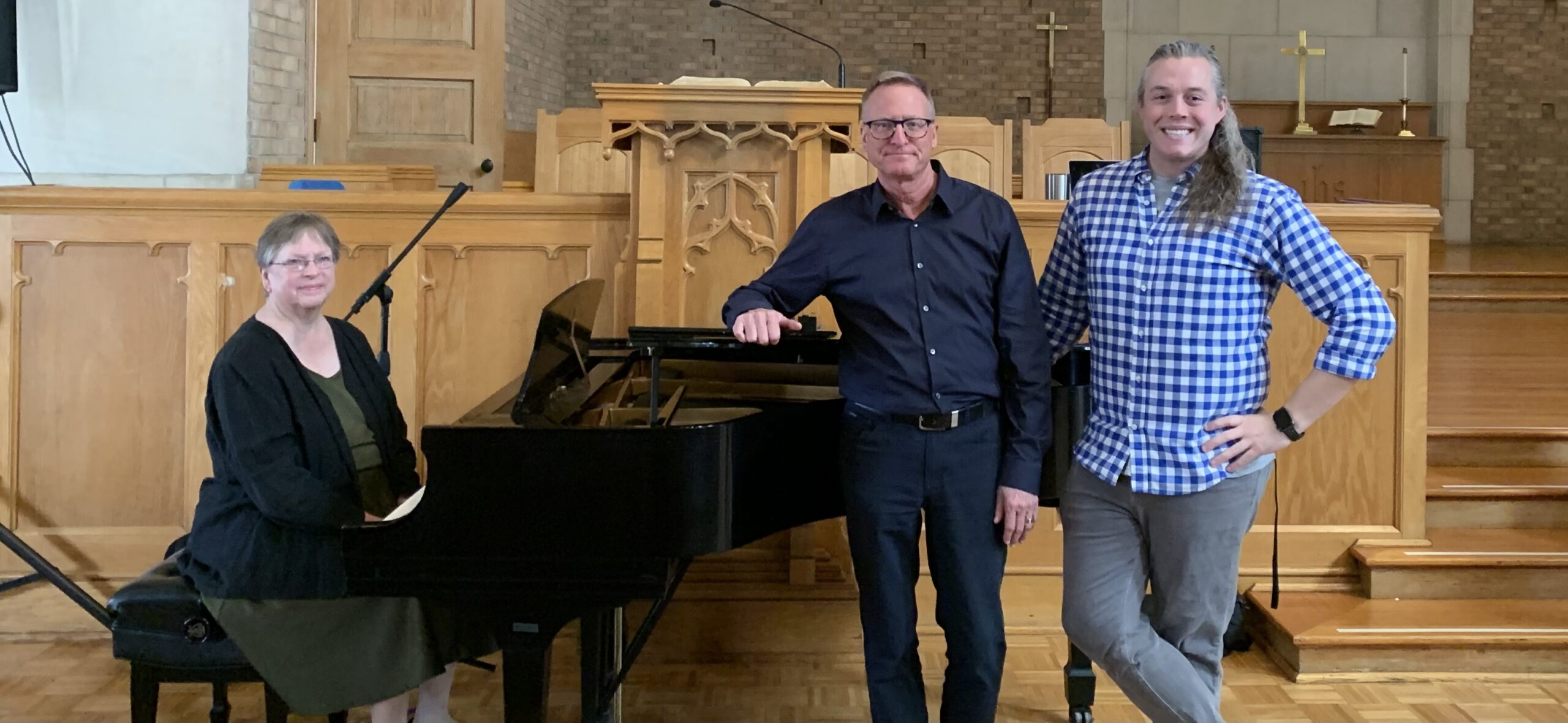In August, the Corriher-Linn-Black (CLB) library began an initiative to bring the future of learning to Catawba through the newest addition to their technological arsenal: Microsoft HoloLens. Reminiscent of technology used by Marvel’s Tony Stark, these high-tech augmented reality glasses promise an innovative classroom experience for students and faculty alike. The first of its kind, Microsoft HoloLens allows the wearer to interact with projected holograms in the environment around them. Augmented reality glasses differ from virtual reality glasses by going beyond the immediate digital display, permitting individuals to problem-solve and communicate with one another in a technology-enhanced reality.
Earl Givens Jr., director of the library, stands at the forefront of this exciting project. He has been a tester for Microsoft since 1999 and was aware of the HoloLens brand long before it hit the market. “It’s the most advanced augmented reality tech out there,” he explained. Out of the two versions available for purchase, Givens opted for the Commercial Suite augmented reality glasses which—when compared with the Developmental Edition—are more expensive but have added security measures. This is an important aspect when the price for one HoloLens amounts to a staggering $5,000. The seemingly-endless learning opportunities these glasses provide both students and faculty, however, prove them worthwhile.
For instance, the theatre department could explore different set designs without spending copious amounts of time and money. Equipped with the necessary computer-aided design file program, HoloLens can project a number of modifiable set designs onto the theatre stage with a flick of the wearer’s wrist. Once satisfied, all that remains is making that holographic blueprint a reality. Other uses include everything from examining the human brain to better grasp fundamental aspects of psychology to navigating the solar system through the application of astronomical concepts. Though Microsoft defines this composite view of projected holograms in the real world as “mixed reality,” Givens maintains the term is more of a gimmick than anything else and asserts it to be a textbook example of augmented reality.
The CLB library currently houses only one HoloLens; however, grant money recently awarded to further this initiative allows for the purchase of around 20 more—enough for an entire class. It is important to keep in mind that the library is in the early stages of implementing this technology. Throughout this and next semester, tests using HoloLens glasses will be conducted on three separate professors and their students to observe its effects and troubleshoot any issues. If all goes well, the library plans to acquire virtual reality glasses in the near future.
While this space-age technology is something many look forward to, Givens has some cautioning advice for students. “Technology does not replace knowledge. It’s a supplement, but—if relied on too heavily—can take away from the learning experience. These tools should not hinder our skills, but showcase our understandings,” he said. This statement rings true, and I can think of no better way to showcase understandings than through the use of the HoloLens holographic technology.

